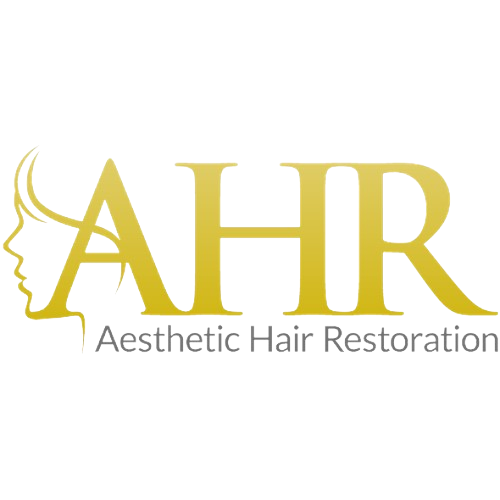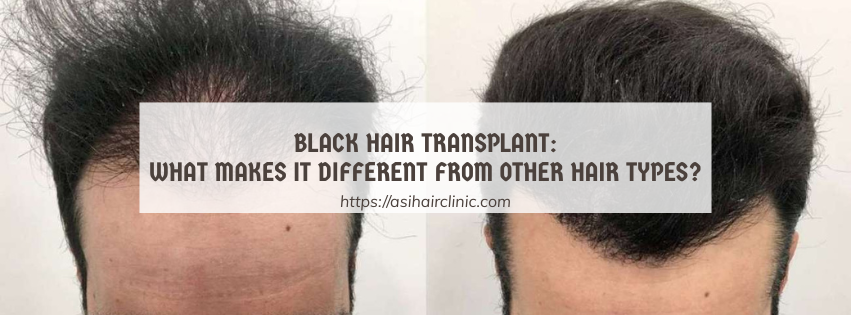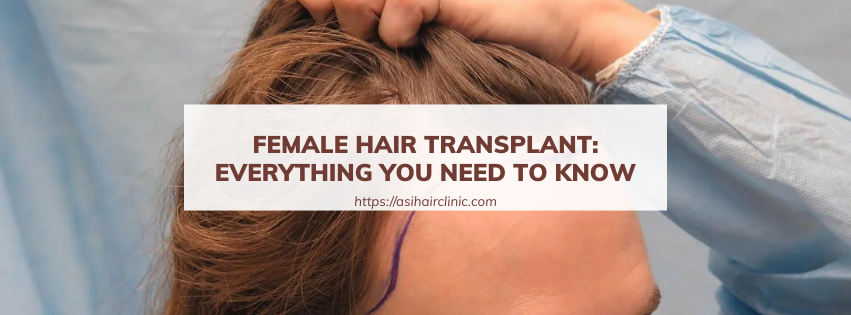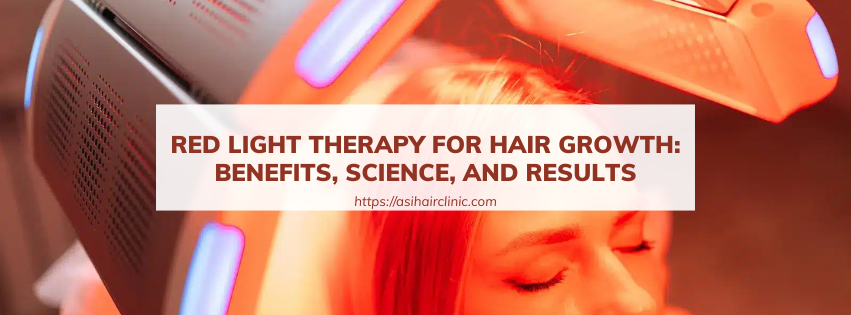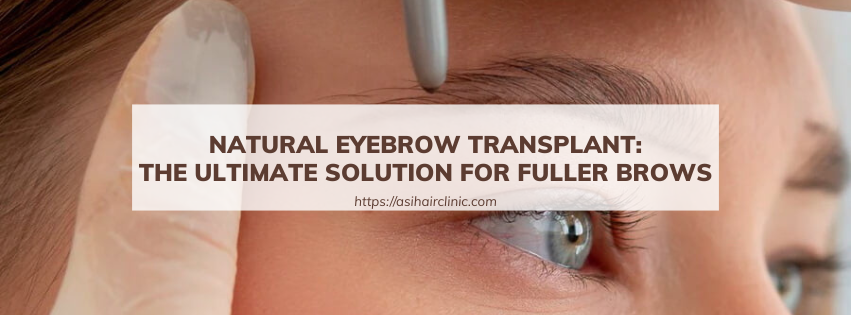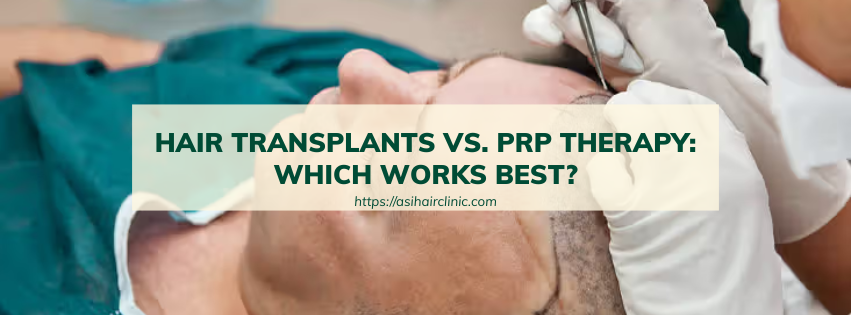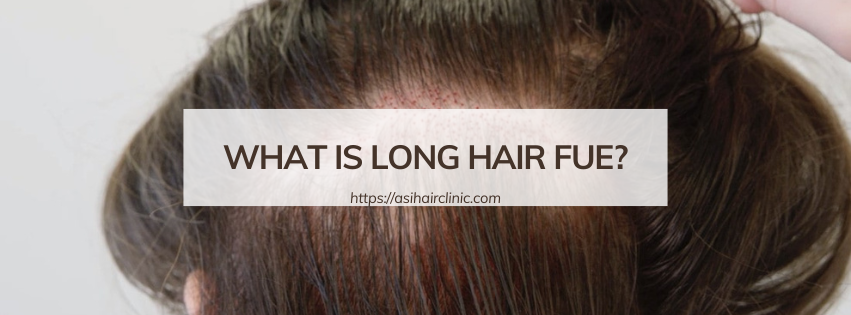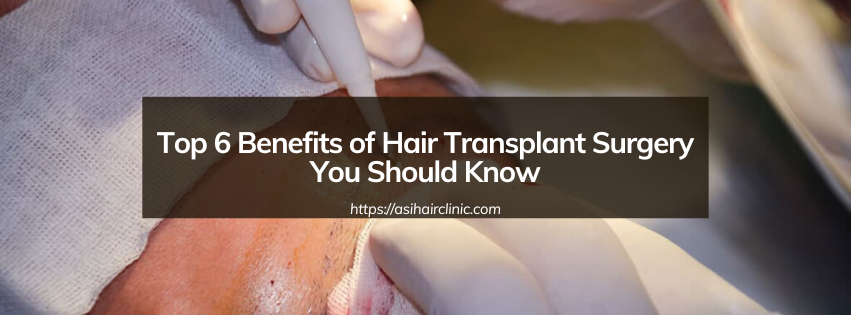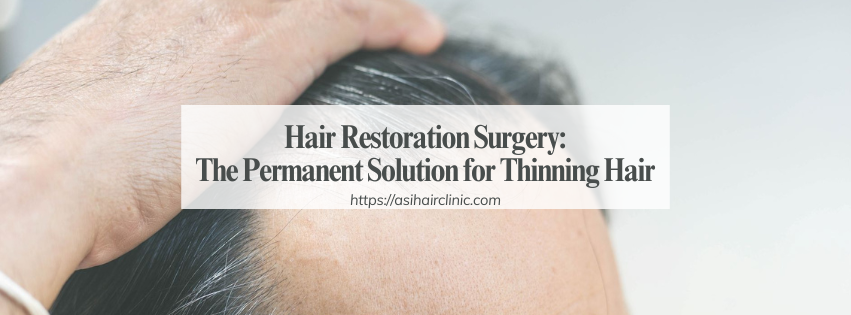Can Dandruff Cause Hair Loss?
Dandruff is more than just an embarrassing nuisance; it can leave individuals feeling self-conscious and questioning their overall hair health. The white flakes that seem to appear out of nowhere can evoke thoughts about the underlying causes and whether they might lead to something worse, like hair loss. So, the pressing question arises: Can dandruff cause hair loss? This article seeks to unravel this complex relationship by examining what dandruff is, its many causes, how it might contribute to hair loss, and practical methods for managing both conditions effectively. Understanding the nuances of dandruff and its potential impact on hair can empower individuals to take proactive steps toward healthier scalps and fuller heads of hair.
1. Understanding Dandruff and Its Causes
To dissect the connection between dandruff and hair loss, we must first understand what dandruff is and the factors that contribute to its emergence. Dandruff, scientifically referred to as seborrheic dermatitis, is characterized by an excessive shedding of dead skin cells from the scalp. This results in visible flakes, often accompanied by itching, redness, and sometimes irritation. Though commonly perceived as a mere cosmetic issue, dandruff can have underlying biological implications that may be detrimental to one's scalp and hair health.
1.1. The Role of Malassezia Globosa
A primary suspect in the development of dandruff is a fungus known as Malassezia globosa. This microorganism naturally resides on everyone’s scalp, contributing to the balance of our skin microbiome. However, in some people, an overgrowth of this fungus can occur, leading to an inflammatory response that increases skin cell turnover.
When Malassezia thrives, it breaks down oils on the scalp into fatty acids. These fatty acids can irritate the skin, causing an increase in the production of skin cells which then die off prematurely. Consequently, you experience the characteristic flakes associated with dandruff.
Understanding the dynamics of Malassezia globosa offers profound insights into the nature of dandruff itself. It emphasizes that dandruff isn't merely an issue of hygiene but rather a complex interplay of biological and environmental factors.
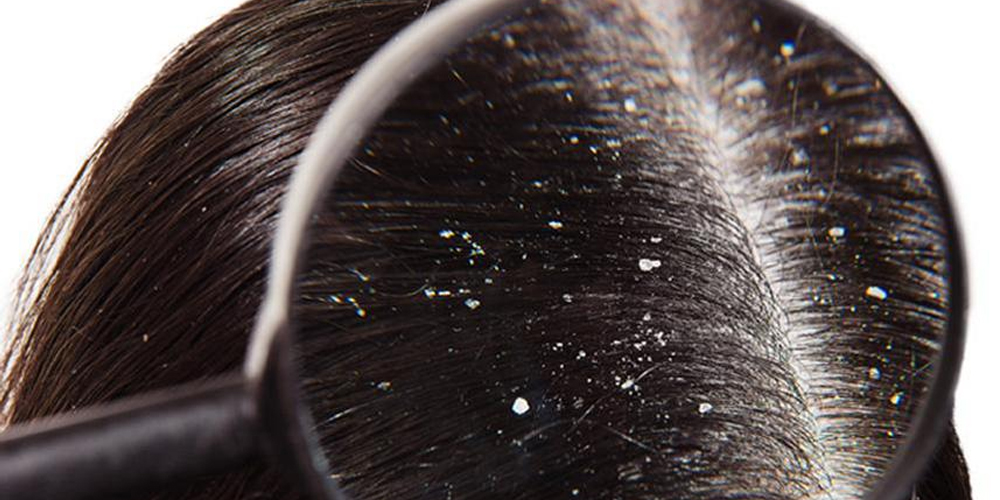
1.2. Oily Scalp and Irritation
Another crucial factor in the development of dandruff is the oiliness of the scalp. An overproduction of sebum, the natural oil produced by our sebaceous glands, can create an environment conducive to the proliferation of Malassezia. When combined with irritants such as harsh hair products or allergens, the scenario can worsen.
During washing and styling, the use of shampoos containing sulfates and alcohols can strip away natural oils, leading to a cycle of irritation, inflammation, and exacerbation of dandruff symptoms. The key takeaway here is that a balanced approach to scalp care is essential.
1.3. Underlying Medical Conditions and Genetics
Certain medical conditions can also play a role in the development of dandruff. Psoriasis and eczema are common culprits, while stress is increasingly being recognized as a significant factor as well. The latter can affect hormone levels and immune responses, making one susceptible to scalp issues.
Genetics cannot be overlooked either; some individuals may inherit a predisposition to developing dandruff. If you have family members who struggle with this condition, your chances of experiencing it may increase.
2. The Link Between Dandruff and Hair Loss: Is There a Connection?
The next step is to explore whether there exists a genuine connection between dandruff and hair loss. While dandruff itself is rarely linked to severe or permanent hair loss, it can contribute to various forms of hair shedding that merit attention.
2.1. Inflammation-Induced Hair Loss
One noteworthy connection lies in inflammation-induced hair loss. As previously mentioned, the inflammation triggered by Malassezia globosa can damage hair follicles, leading to a type of hair loss called telogen effluvium. This temporary condition occurs when a substantial number of hair follicles enter the resting phase prematurely due to an inflammatory trigger.
After several months of heightened inflammation, individuals may notice increased shedding. This form of hair loss stands apart because it is generally reversible; however, prolonged inflammation can lead to follicle miniaturization, eventually resulting in permanent hair loss for some. Understanding the mechanism at play here provides a clearer picture of how dandruff can transition from an annoying inconvenience to a serious concern.
2.2. Mechanical Hair Loss Due to Scratching
Chronic scratching is another dimension worth discussing. The constant urge to scratch itchy areas of the scalp can lead to mechanical hair loss. This form of hair loss manifests where the friction and trauma from scratching weaken the hair shaft, rendering it vulnerable to breakage.
Ironically, the act of scratching, intended to relieve discomfort, can compound the problem. Areas around the hairline are often more affected, and the resultant thinning can be particularly alarming for individuals already concerned about their hair health.
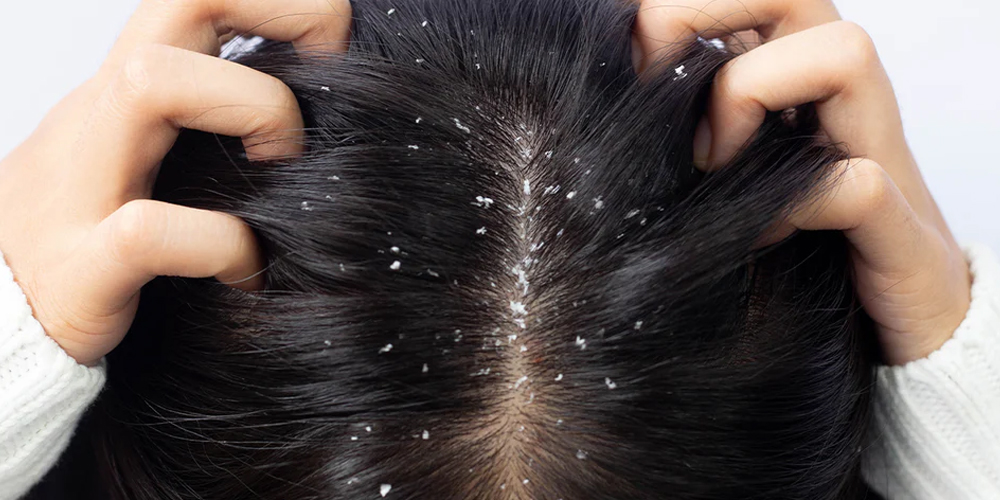
2.3. Hair Follicle Blockage and Existing Conditions
In rare instances, severe dandruff can clog hair follicles with accumulated skin flakes and excess oil. Such blockages interfere with the normal hair growth cycle, potentially leading to thinning and hair loss.
Moreover, individuals with pre-existing hair loss conditions such as androgenetic alopecia or alopecia areata may find that their symptoms worsen due to dandruff. The inflammation and irritation can aggravate these conditions, accelerating hair loss in those who are genetically predisposed or otherwise susceptible.
3. Differentiating Dandruff-Related Hair Loss from Other Causes
Identifying whether hair loss is related to dandruff or other underlying issues is critical for effective treatment. Various forms of hair loss can mimic the symptoms associated with dandruff-related shedding, making proper diagnosis essential.
3.1. Androgenetic Alopecia
Androgenetic alopecia, commonly referred to as male or female pattern baldness, is characterized by gradual hair thinning and recession of the hairline. Unlike dandruff-related shedding, this condition is influenced primarily by genetics and hormonal factors rather than inflammation.
Individuals experiencing this form of hair loss typically observe a consistent pattern over time. Recognizing this distinction allows for targeted interventions specific to the individual's condition rather than a one-size-fits-all approach.
3.2. Telogen Effluvium
Telogen effluvium represents another condition that can be easily confused with dandruff-related hair loss. Triggered by stress, hormonal changes, or medications, it leads to temporary hair shedding wherein hair follicles prematurely enter the resting phase.
Often, patients report increased hair loss two to three months after experiencing an initial triggering event. Identifying the source of stress or hormonal imbalance is crucial, as addressing it could lead to regrowth.
3.3. Alopecia Areata and Trichotillomania
Alopecia areata, an autoimmune disorder, results in patchy hair loss and presents differently than dandruff-related shedding. Individuals suffering from this condition may notice sudden balding spots rather than gradual thinning.
On the other hand, trichotillomania is characterized by compulsive hair pulling, which can result in noticeable patches of hair loss as well. Understanding these distinctions can guide further investigation and appropriate management of each condition.
3.4. Nutritional Deficiencies
Nutritional deficiencies, particularly those related to iron, zinc, or biotin, can also cause hair loss. These deficiencies may manifest in ways similar to dandruff-related shedding, leading to confusion among affected individuals. A dietary assessment that includes an analysis of micronutrient intake can help identify potential deficiencies that may be contributing to hair health.

4. Managing Dandruff and Minimizing Hair Loss
While understanding the link between dandruff and hair loss is crucial, implementing effective management strategies can go a long way in minimizing both conditions. Here are actionable steps to consider:
4.1. Use Medicated Shampoos
Medicated shampoos can serve as the frontline defense against dandruff. Look for formulations containing antifungal ingredients like pyrithione zinc, selenium sulfide, or ketoconazole. These active compounds are designed to target Malassezia, controlling its growth and consequently reducing flaking.
Applying these shampoos as instructed, usually on wet hair, allows the active ingredients to penetrate the scalp effectively. It's important to leave the product on the scalp for several minutes before rinsing to maximize its effect.
4.2. Gentle Scalp Massage
A gentle scalp massage during shampooing can enhance circulation and promote relaxation. This practice aids in removing dead skin cells without causing additional irritation.
Be mindful not to scrub or apply excessive pressure, as this can worsen inflammation or damage hair follicles. Instead, focus on using fingertips rather than nails to gently knead the scalp in circular motions.
4.3. Maintain a Healthy Diet
Nutrition plays a pivotal role in hair health. A balanced diet rich in vitamins, minerals, and antioxidants can support overall scalp health and minimize inflammation. Foods high in omega-3 fatty acids, such as salmon and walnuts, are beneficial for maintaining healthy skin.
Additionally, incorporating plenty of fruits and vegetables will provide essential nutrients that can aid in hair growth. Hydration is equally important; drinking ample water keeps the scalp hydrated and helps reduce flakiness.
4.4. Manage Stress Effectively
Stress can have a cascading effect on both dandruff and hair loss. Finding healthy coping mechanisms, such as exercise, yoga, meditation, or engaging in hobbies, can reduce stress levels and subsequently lessen its impact on the scalp.
Taking time for self-care has never been more important in today's fast-paced environment. Prioritizing mental wellness directly translates to better physical health, including the robustness of your hair.
4.5. Avoid Harsh Hair Products
Opting for gentle, fragrance-free hair products can significantly reduce irritation on the scalp. Avoid shampoos and conditioners laden with sulfates, parabens, and synthetic fragrances, as these can strip natural oils and exacerbate dandruff.
Instead, consider exploring brands marketed towards sensitive scalps or those specifically formulated for dandruff.
4.6. Keep Scalp Clean and Dry
Maintaining scalp cleanliness is vital in preventing excess oil buildup, which can worsen dandruff. Washing your hair regularly based on your scalp's needs-whether daily or every couple of days-will help keep dandruff at bay.
After washing, ensure that your scalp remains dry to discourage fungal growth. Properly drying hair after washing, especially if using towels, can further minimize moisture retention in the scalp area.
Conclusion
In conclusion, while dandruff itself is unlikely to cause severe or permanent hair loss, it's clear that it can contribute to temporary hair shedding and aggravate pre-existing hair loss conditions. The multitude of factors that contribute to dandruff-from biological to environmental-paints a vivid picture of its complexity. By maintaining good scalp hygiene, utilizing medicated shampoos, and adopting a holistic approach to diet and stress management, individuals can take significant strides in controlling dandruff and protecting their hair health.
LATEST POSTS
